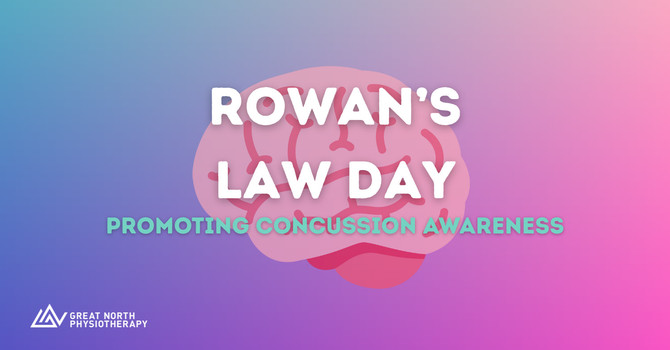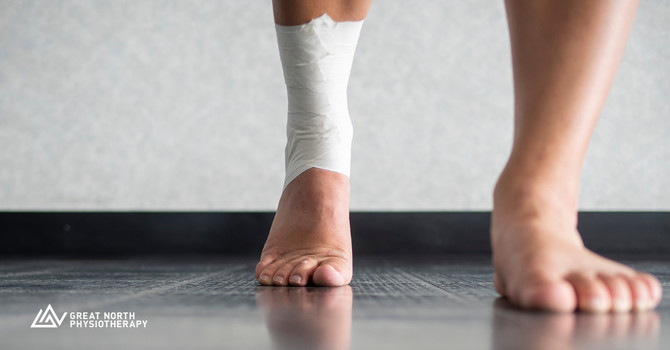.jpg)
Thinking about trying a new sport or getting back into running this season? Maybe you've joined an indoor league for the winter or noticed some knee pain creeping in after an active summer. You're not alone - knee pain is one of the most common issues people face when they return to activity or increase their training.
A common culprit? Patellar tendinopathy, otherwise commonly known as "jumper's knee". It's a condition that causes pain or discomfort at the front of the knee, typically where the tendon below the kneecap attaches to the shin bone. While it's often linked to jumping sports, it can affect anyone who moves quickly, changes direction, or performs repetitive lower-body movements.
WHAT IS PATELLAR TENDINOPATHY?
Let's break it down...
Patellar Tendon: This is the structure that connects your kneecap (patella) to your shin bone (tibia). It acts like an extension of your quadriceps, helping you straighten your leg and absorb or generate force during squatting, running, and jumping.
Tendinopathy: This term describes changes in a tendon when it's overloaded without adequate rest or recovery.
In simpler terms, knee pain can happen when we do too much, too fast, too soon (before our tendons are ready for it).
COMMON SIGNS & SYMPTOMS
You might be dealing with patellar tendinopathy if you notice:
- Pain or tenderness just below the kneecap
- Pain during activity (running, jumping, squatting) that eases with rest
- Pain which may improve with repeated loading as a result of the "warm-up" phenomenon (i.e., if running for longer distances, pain may be present initially but improves after the first 5 mins); however, there may be an increase in pain the following day
- Pain going up or down stairs
HOW PHYSIOTHERAPY CAN HELP
During your initial assessment at Great North Physiotherapy, your physiotherapist will complete a comprehensive review of:
- How your body moves during painful (and pain-free) activities
- Range of motion and strength at your hips, knees and ankles
- How does your pain respond to repeated loading
From there, we'll build a personalized treatment plan to help your tendon adapt and get stronger.
WHAT MAKES TENDON REHAB UNIQUE
Unlike some other injuries, tendons respond best to load (not rest). That means we'll gradually reintroduce safe, targeted exercises to help your tendon handle the demands of your sport or activity.
Depending on your starting point, we may begin with Isometric exercises (static holds) to reduce pain and build tolerance or eccentric exercises (slow lowering movements) to improve tendon capacity and control.
Over time, we'll progress your program to build strength, endurance, and resilience so you can return to activity pain-free and confident.
Your treatment may also include:
- Movement re-education to improve how your lower body works together
- Hands-on therapy for the surrounding muscles
- Taping or acupuncture, depending on your comfort and clinical presentation
DO YOU NEED TO STOP ENJOYING YOUR FAVOURITE ACTIVITIES?
Not necessarily! A key part of recovery is load management, not total rest. Together, we'll find the right balance of activity and recovery so you can continue moving in a way that supports healing rather than aggravating symptoms. Our goal is to help you stay active while managing pain and building strength for long-term success.
Want to learn more? Book an appointment with Julia Glaves at Great North Physiotherapy. Schedule online at www.greatnorthphysio.ca or call 289-606-0966 to speak with our team.
Always consult a healthcare professional before starting a new exercise routine and prioritize consistency and good form for optimal benefits.
REFERENCES
Malliaras, P., Cook, J., Purdam, C., & Rio, E. (2015). Patellar tendinopathy: Clinical diagnosis, load management, and advice for challenging case presentations. Journal of Orthopaedic & Sports Physical Therapy, 45(11), 887-898. https://doi.org/10.2519/jospt.2015.5987
Rosen, A. B., Wellsandt, E., Nicola, M., & Tao, M. A. (2022). Clinical Management of Patellar Tendinopathy. Journal of athletic training, 57(7), 621–631.
Cook, J. L., & Purdam, C. R. (2014). The challenge of managing tendinopathy in competing athletes. British Journal of Sports Medicine, 48(7), 506–509. https://doi.org/10.1136/bjsports-2012-092078
Crossley, K. M., Thancanamootoo, K., Metcalf, B. R., Cook, J. L., Purdam, C. R., & Warden, S. J. (2007). Clinical features of patellar tendinopathy and their implications for rehabilitation. Journal of Orthopaedic Research, 25(9), 1164–1175. https://doi.org/10.1002/jor.20415
https://pmc-ncbi-nlm-nih-gov.myaccess.library.utoronto.ca/articles/PMC9528703/




%20(1).jpg)

